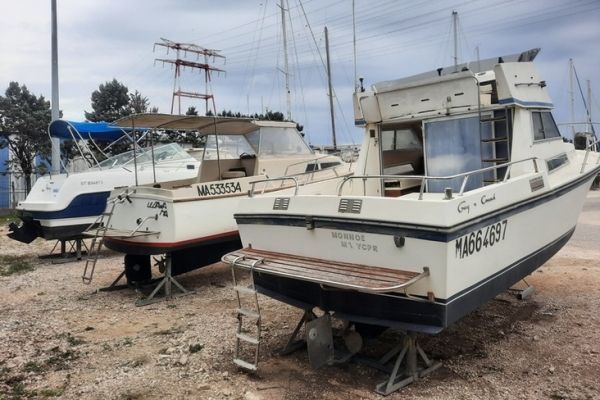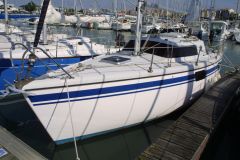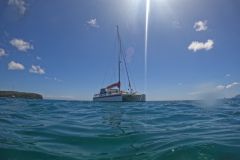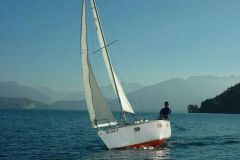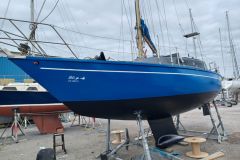The issue of compulsory technical inspections for pleasure craft occasionally comes up in public and professional debate, particularly following incidents involving older boats, but also in a bid to rid ports of sump boats. As far back as 2014, a draft decree provided for an inspection of vital equipment, from rigging to motorization to safety devices. However, this attempt was never implemented, due to the lack of an appropriate logistical organization on a national scale. The industry had neither the territorial coverage nor the technical structure to implement it.

This measure, often compared to that of the automotive sector, raises several fundamental questions: can we, and should we, transpose a periodic verification system to a nautical world where uses are highly varied and seasonal?
Safety and environmental issues often highlighted

The introduction of a technical inspection for pleasure craft is intended to address a number of concerns. First and foremost, user safety remains the main argument for the competent authorities. If the figures put forward by the BEA Mer are to be believed, a proportion of accidents at sea involve ageing craft, often built in polyester, whose state of preservation is rarely checked. The other argument frequently cited concerns the environment.

Some believe that monitoring engines and fuel systems would make it possible to limit diffuse pollution, notably fuel leaks or polluting emissions from obsolete engines. Finally, some industry players advocate harmonization with other modes of transport, believing that a clear framework would enhance the transparency of the second-hand market.
Difficult to structure
In practice, the proposal comes up against major structural difficulties. France has over a million sailing boats, the majority of which are transportable sailboats and small motorboats, often parked in secondary ports, on trailers or in poorly served areas. Setting up efficient inspection logistics would require the creation of a dense network of authorized technicians capable of covering the entire coastline, rivers and lakes. This challenge goes hand in hand with an economic issue: for many small boaters, the cost of an inspection could quickly prove to be a deterrent, particularly for older boats with a low residual value.
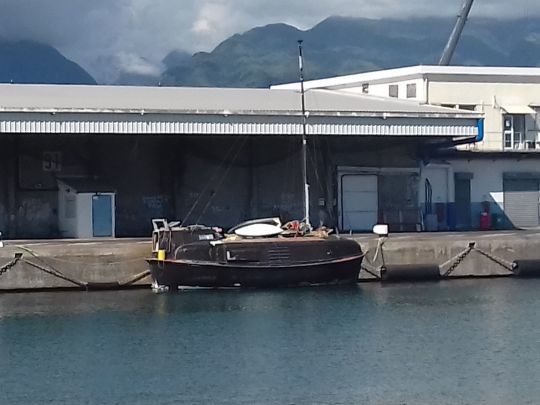
These difficulties are compounded by the relatively low accident rate in the sector. Available statistics show that serious incidents are rare in proportion to the number of boats on the water. This fact puts the brakes on any attempt at regulation, which is perceived as too restrictive, or even pointless, for most users.
An incentive-based transition strategy
Faced with these limitations, authorities and professional bodies are now moving towards a more pragmatic approach. Rather than imposing mandatory inspections, efforts are focusing on raising awareness of preventive maintenance. Annual campaigns, run by the maritime affairs department in particular, remind boaters of good maintenance practices, especially before the navigation season. In terms of regulations, the French government carries out spot checks in the field, at sea or in port, to verify the conformity of safety equipment. Professional vessels, meanwhile, remain subject to an inspection regime overseen by ship safety centers or third-party organizations such as Bureau Veritas.
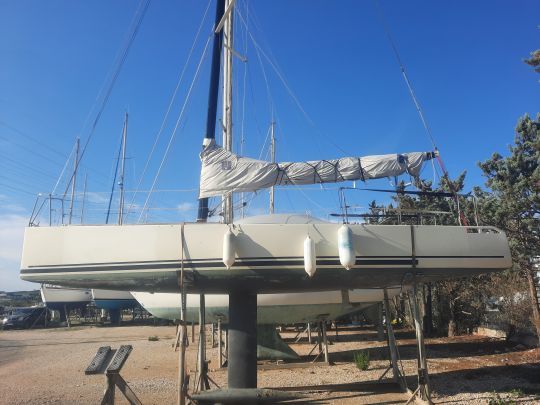
More targeted alternatives are also under consideration. Some proposals call for mandatory inspections only on the sale of second-hand boats, or for units over a certain age. Others focus on the growing use of digital tools to enhance traceability and vessel maintenance. A number of platforms already offer assisted technical management, inspired by CMMS tools, to keep track of equipment maintenance and regulatory deadlines.
European regulations still not very restrictive
At European level, Directive 2013/53/EU sets out the essential safety requirements for the marketing of pleasure craft. In particular, it requires CE marking for new units, but makes no provision for periodic technical inspections. For the time being, this legal vacuum limits the ambitions of a stricter framework, unless specific national regulations are developed, which France has not yet done.

A question still unanswered
The introduction of a technical inspection for pleasure craft remains a distant prospect. Although the safety and environmental issues are well identified, the logistical, economic and political obstacles currently seem to outweigh the expected benefits. The industry is still waiting for a consensus, which could emerge from local experimentation, voluntary certification initiatives, or the rise of digital management tools. In the meantime, the emphasis is on individual responsibility on the part of owners, and on increasing the skills of the professionals who support them.

 /
/ 